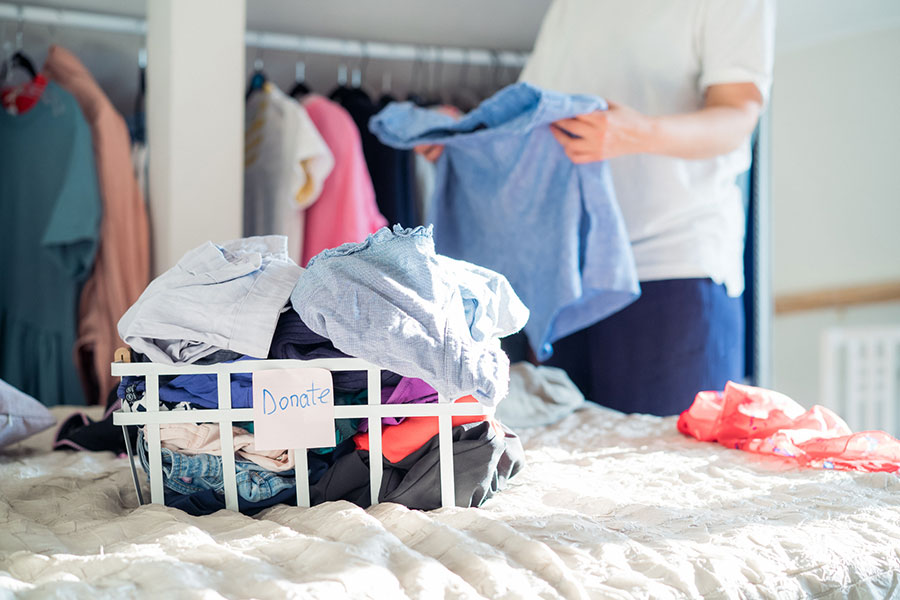This story kicks off a new weekly series called "Planting the Seed," which looks toward the new millennium. These stories will feature ideas and advances in agricultural and environmental sciences with implications for the future.
Every year in the United States, about 40,000 cases of Salmonellosis are reported. Some of those are related to contaminated poultry and egg products. But University of Georgia scientists are working with the poultry industry to cut that number as close to zero as possible.
"Overall, the industry is careful about cleaning and sanitizing their processing facilities," said Scott Russell, a poultry science microbiologist with the UGA College of Agricultural and Environmental Sciences. "But we're finding ways to make their cleaning procedures and sanitation even more effective."
A 'Firefly' Test
A special test kit uses "luciferase," an enzyme extracted from fireflies, to test for bacteria. The tester takes a swab sample from a counter top, sink or other part of the processing line. That swab goes into a mix of chemicals that includes luciferase.
If bacteria are present on the swab, their ATP (adenosine triphosphate) reacts with the luciferase and produces light within a minute. "The more light, the more bacteria," Russell said.
The readings can be false, depending on what cleaners the processor uses. Russell said some acid cleaners inactivate the enzyme. So even though the test shows low or no bacteria, they may actually be present. Other cleaners like quaternary ammonium show a falsely high reading.
Safety With Chlorine
Fortunately, most poultry processors use chlorine, said Julie Northcutt, a CAES poultry technology scientist. "Just one-half to one part per million of free chlorine (not bound to organic material) is very effective against bacteria that can be found in poultry plants," she said.
And chlorine has no effect on the luciferase enzyme tests. "If the processor uses chlorine to sanitize the line and then uses this test," Russell said, "the results are accurate."
U.S. Department of Agriculture tests show that the 1 ppm free chlorine used in processing plants is effective against bacteria and harmless to humans. In fact, their regulations approve using 20 to 50 ppm total chlorine with no harmful effects on humans.
Faster Bacterial Tests
That's just one of the projects Northcutt and Russell are working on. Others include improving the overall condition of the live chickens coming into the plants and finding even faster ways to detect bacteria in processing plants.
"Right now, most of the bacterial tests take two to five days before the results are known," Russell said. "And processors can't hold their product that long."
They test their meat and egg products for bacteria, including Campylobacter, E. coli and Salmonella. But if the tests are positive, the company must issue a costly product recall.
"By the time they get the results, the products are already in the stores, or they may have already been bought and sometimes eaten," Russell said.
Russell is looking for tests that take 18 to 24 hours. "But we're hoping for a test that will give accurate results in one to six hours," he said.
Quicker Test = Safer Food
That quick turnaround could enable the results of the test to be confirmed before the product leaves the processor. It would enable them to verify the effectiveness of their cleaning and sanitation practices, too, without shutting down the plant.
Faster tests could make the processor perfectly sure its whole or cut-up chickens or egg products are safe when they leave the plant.
But consumers will still need to be food-safety conscious. "Poultry processors do all they can to ensure your safety," Russell said. "But consumers have to do their part, too."






